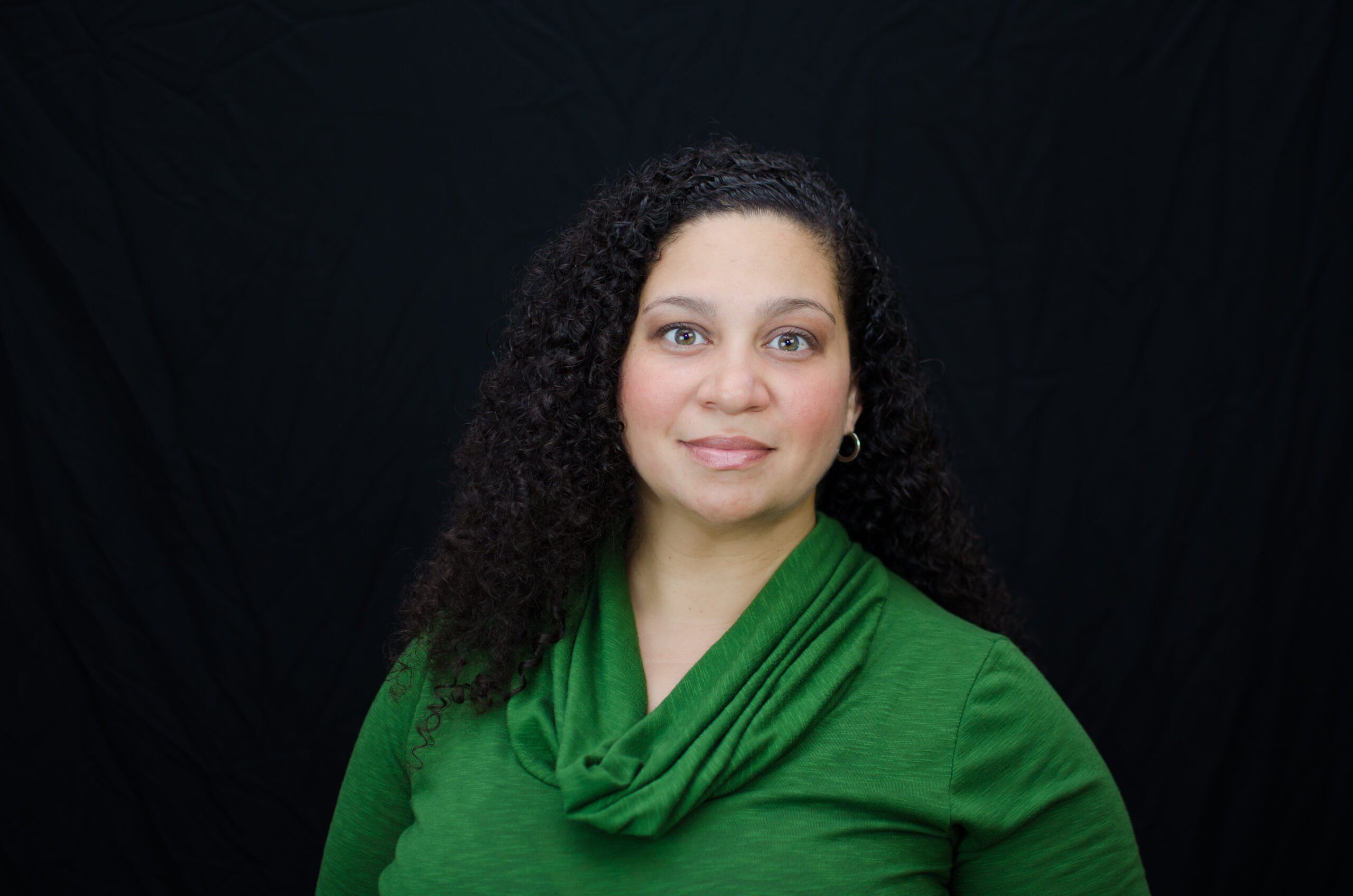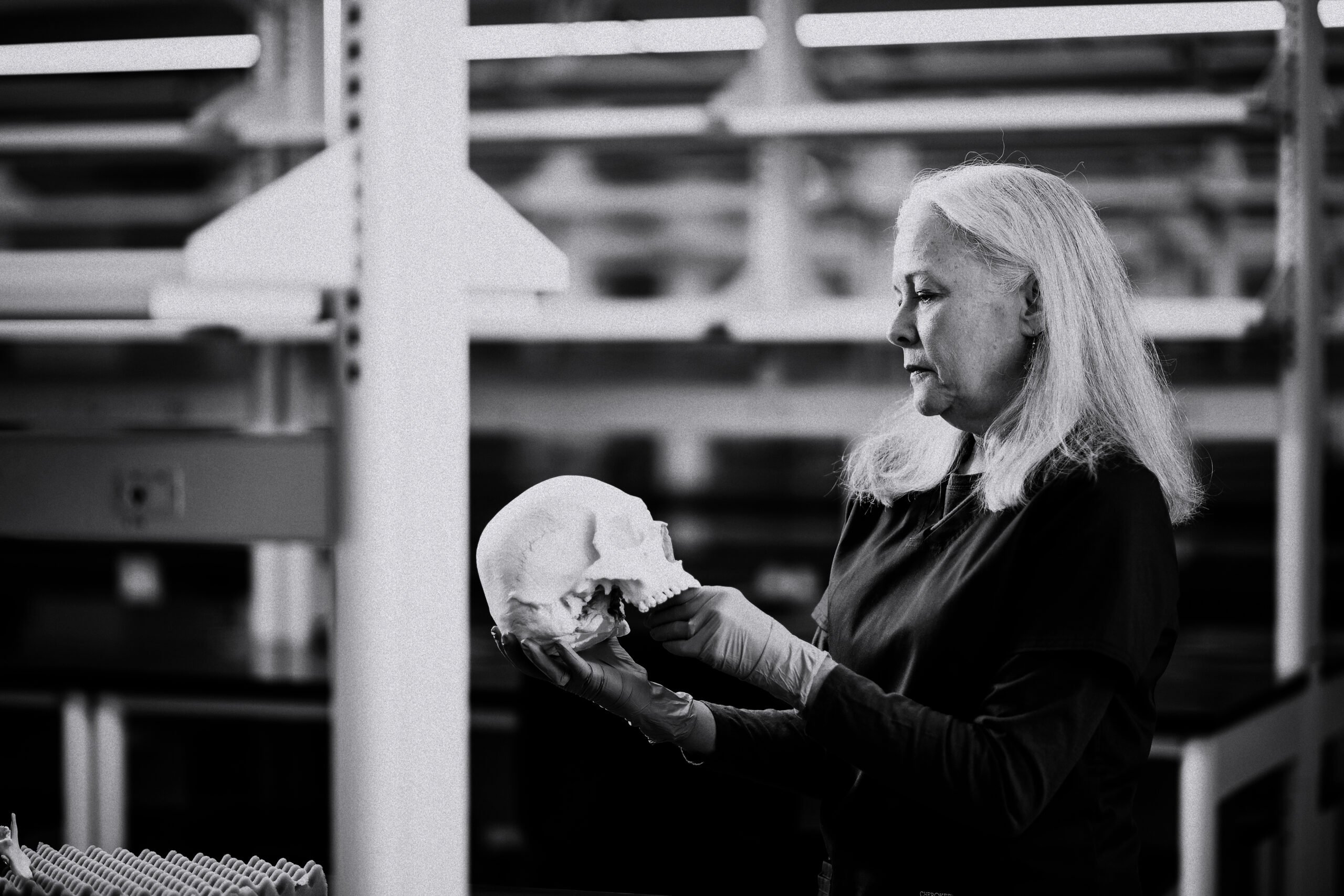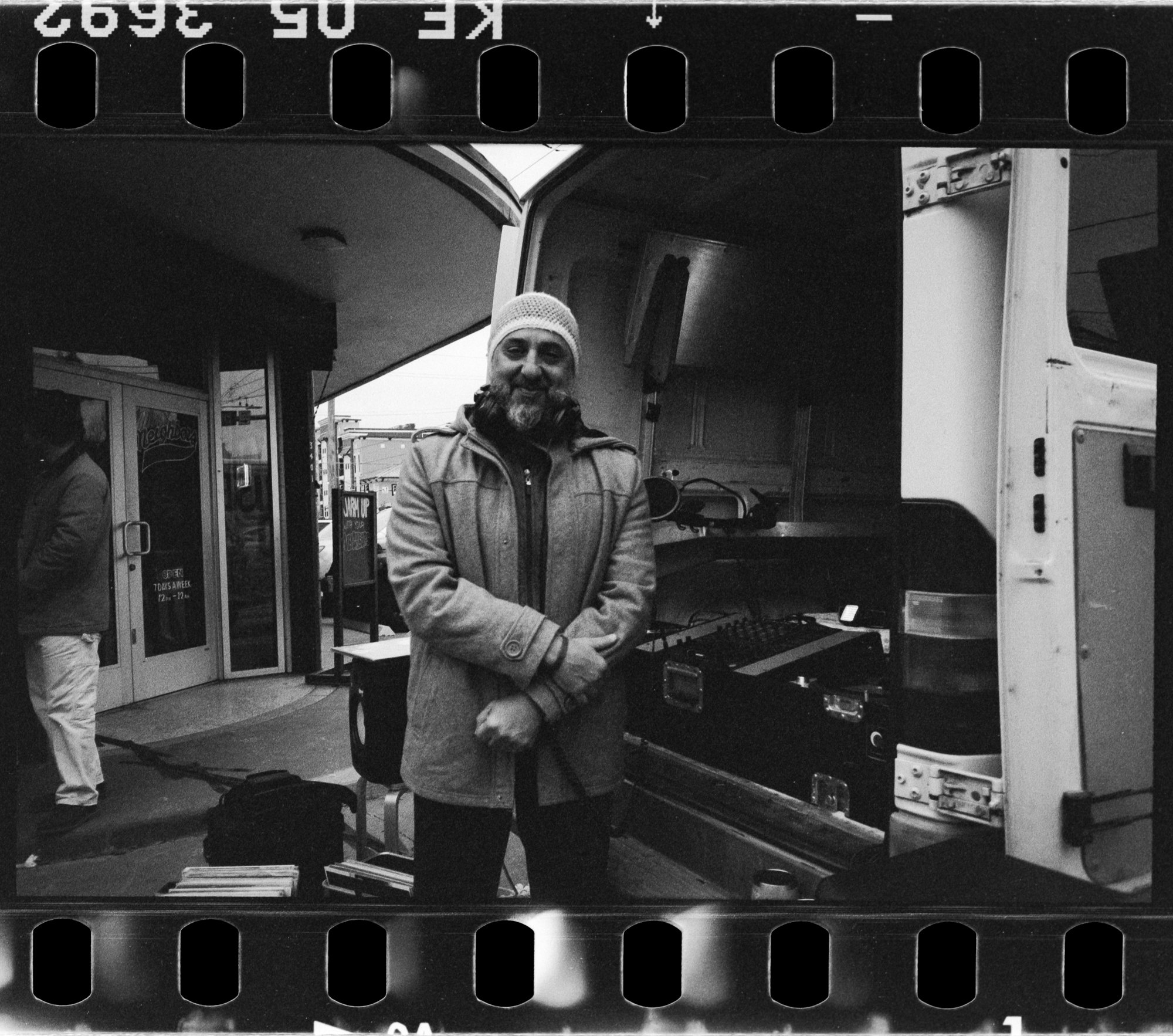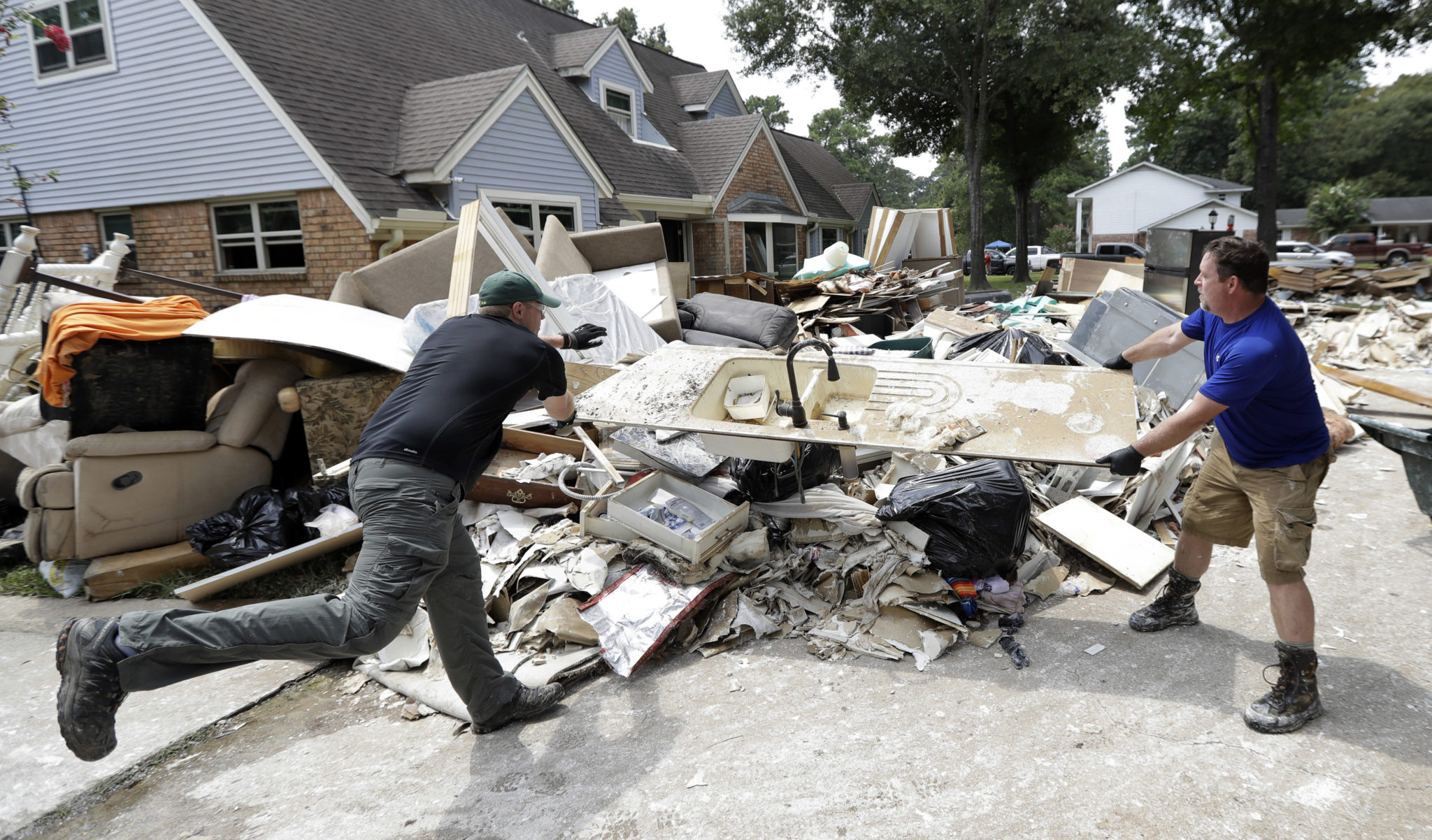
The Impossible City
Houston was built on a stubborn defiance of nature. As the city recovers from Hurricane Harvey, that same attitude will be on display — for better or worse.
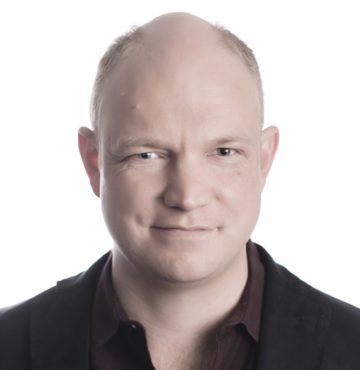
A version of this story ran in the October 2017 issue.
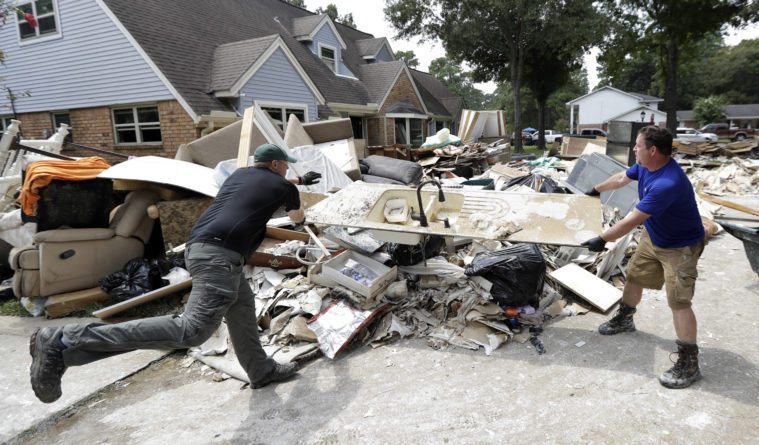
Houston should not exist. In August 1836, just a few months after Texas won its independence from Mexico at the Battle of San Jacinto, three New York real estate speculators purchased 9,000 acres of swampland at the junction of Buffalo and White Oak bayous, drew up a city map and began advertising their uninhabited bog in American and European newspapers as “the great interior commercial emporium of Texas … handsome and beautifully elevated, salubrious and well-watered.” An illustration depicted a quaint village nestled among rolling hills.
The reason for the city’s location was Buffalo Bayou, which ostensibly provided easy access to the Gulf of Mexico. But merchants soon discovered that even when the twisting, murky bayou was navigable, it took many days to reach Galveston Island. Visitors found the nascent city anything but handsome or salubrious. The naturalist John James Audubon saw “drunk and hallooing” residents “stumbling about in the mud in every direction.” Another observer called it “one of the muddiest and most disagreeable places on earth.”
That Houston became the country’s fourth-largest city is a combination of dumb luck and near-masochistic perseverance in the face of incomprehensible hardship.
The city survived thanks to another con. The New York speculators — husband-and-wife Augustus and Charlotte Allen, and Augustus’ brother John — befriended Sam Houston and secured his permission to name their unbuilt city in his honor. This was enough for the newly established Congress of the Republic of Texas to name it the provisional capital, despite the fact that Houston’s few residents were still living in tents. By the time legislators realized their mistake and moved the capital to Austin, Houston had attracted enough settlers and investment to soldier on through the floods and yellow fever epidemics that punctuated the 19th century.
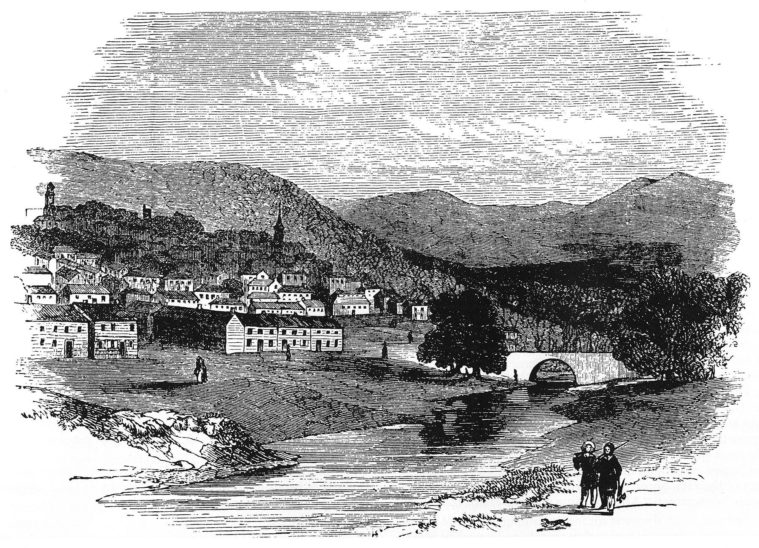
That Houston became the country’s fourth-largest city is a combination of dumb luck and near-masochistic perseverance in the face of incomprehensible hardship. Galveston, not Houston, was the state’s great port city until it was destroyed by the hurricane of 1900. That storm, which killed more than 8,000 people and remains the deadliest natural disaster in American history, spurred the dredging of Buffalo Bayou to create the Houston Ship Channel, which finally turned Houston into the “commercial emporium” of the Allen family’s dreams. The discovery of oil in nearby Beaumont in 1901 announced the advent of what would become Houston’s defining industry.
Today, my city is being tested like never before. As I write these words, large swaths of the city remain underwater. Tens of thousands of homes have been flooded, and shelters are packed with the displaced. Across Texas more than 60 people have died, most of them in Houston, and the death toll is expected to rise as rescuers discover more bodies.
I was fortunate. Though my street flooded, water never made it into the houses on my block; my power didn’t even flicker. For a few days I was unable to leave my neighborhood in the Houston Heights because all the surrounding freeways had become rivers, but I was otherwise unaffected, as were most of my friends. My grandmother and cousin, who live in west Houston, lost power and decided to evacuate, but their houses are fine.
Partly out of survivor’s guilt, nearly everyone I know who weathered the storm has been helping their fellow Houstonians in one way or another. Some are volunteering at shelters or preparing food; others are ripping out soggy drywall from flooded houses. As one of my friends put it on Facebook, there are now two kinds of people in Houston: wet people and dry people. And the dry people, almost without exception, are helping the wet people.
How does Houston rebuild? Unlike with New Orleans in the wake of Katrina, the question of whether Houston should rebuild hasn’t seemed to cross anyone’s mind. Typical is the attitude of Michael Snow, whose two-story home on Little White Oak Bayou flooded to the rooftop and will have to be demolished. He intends to build again on the same spot. “Where are we going to go?” he asked a reporter. “This is home.” Homeowners in the low-lying Meyerland neighborhood have flooded three times in the last three years, yet most seem determined to stay.
Far from puncturing our myth of invincibility, Harvey has supercharged it. If we can overcome 50 inches of rain, this attitude says, we can overcome anything.
This willful defiance of nature and experience has characterized the city from its founding. Our refusal to learn our lesson or change our ways has become a matter of civic pride. “Houston will come back bigger and stronger than ever!” local radio station KTRH has taken to declaring this week in self-congratulatory promo spots. J. Frank Dobie once argued that Texas weather “has done more than any other one factor to make braggarts out of Texans.” A Texan, he noted, “brags on the weather, and for his purpose the worst is the best. He brags in reverse.”
Far from puncturing our myth of invincibility, Harvey has supercharged it. If we can overcome 50 inches of rain, this attitude says, we can overcome anything. Our resilience in the face of unprecedented devastation has become just the latest bullet point in our city’s long brag list, taking its place alongside such well-worn boasts as having the largest medical center and the largest theater district — both of which flooded last week, by the way.
Larry McMurtry observed a long time ago that Texans, even after moving to bustling metropolises like Houston, remain “symbolic frontiersmen.” It’s why so many of us drive pickups, wear cowboy boots and, if we’ve made enough money, buy a ranch out in the country. Frontiersmen hate being told what to do — that’s why they’re on the frontier in the first place. Hence their resistance to government, regulation, taxation and any other form of enforced cooperation. Unfortunately, those are precisely the things that are going to be needed to protect Houston from more and even deadlier Harveys, which anyone paying attention knows are coming.
Frontiersmen also help each other out in crises, knowing the cavalry may not be coming. That spirit of self-reliance has served us well in the aftermath of Harvey, but seems likely to hinder any efforts to shore up our city’s defenses or — God forbid — force the oil and gas companies that power our economy to address global warming. Houston shows its best side during disasters and its worst side in boom times. Sadly, it appears the future will bring more and more opportunities to show our best side.
